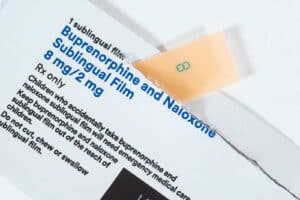

Recognized for excellence in substance abuse and behavioral health treatment by the Joint Commission
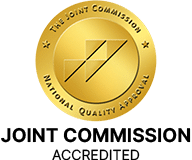
Is Buprenorphine the Same as Suboxone? Understanding the Key Differences
While closely related, buprenorphine and Suboxone are not identical. Learn how they compare in treating opioid use disorder and what makes each unique.
Drug Detox
Drug detoxification (informally, detox) is variously the intervention in a case of physical dependence to a drug; the process and experience of a withdrawal

If you’re exploring treatment options for opioid addiction, you may have come across the terms buprenorphine and Suboxone. While closely related, they are not exactly...

Can You Smoke Magic Mushrooms?
Disclaimer: This article is for informational purposes only. We do not encourage or endorse the use of magic mushrooms or...
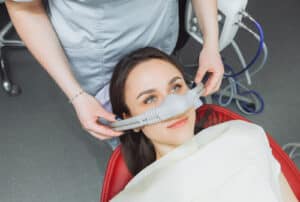
Nitrous Oxide Effects
Nitrous oxide, or “laughing gas,” is a form of sedation and has many mainstream applications in the healthcare and dental...
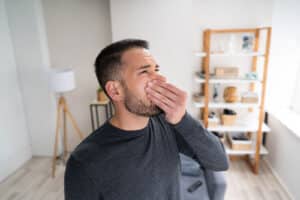
What Does Heroin Smell Like?
Heroin, an opioid drug derived from the poppy plant, is known for its highly addictive properties and severe impact on...

Pink Percocet
Pink Percocet 10, a powerful opioid analgesic, has become a growing concern all over the US, especially in South Florida....

Can You Smoke Xanax?
Normally, Xanax is prescribed as Xanax pills. However, snorting and injecting Xanax are becoming two popular methods. Xanax, commonly referred...
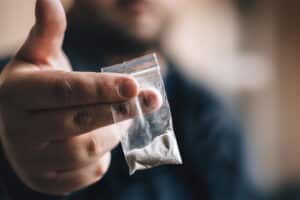
The Dangers of Ingesting Cocaine Orally
Cocaine is a drug that has been used for centuries, first in South America in the form of coca leaves,...

How long does Anavar stay in your system?
Anavar, also known as oxandrolone, is an anabolic androgenic steroid originally developed for medical conditions like muscle wasting, severe burns,...
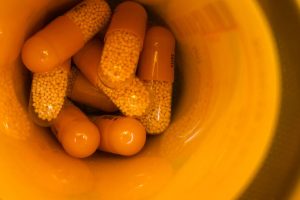
Concerta Vs Adderall
When it comes to prescription stimulants, Concerta and Adderall are the two most common types. These medications frequently get confused...

